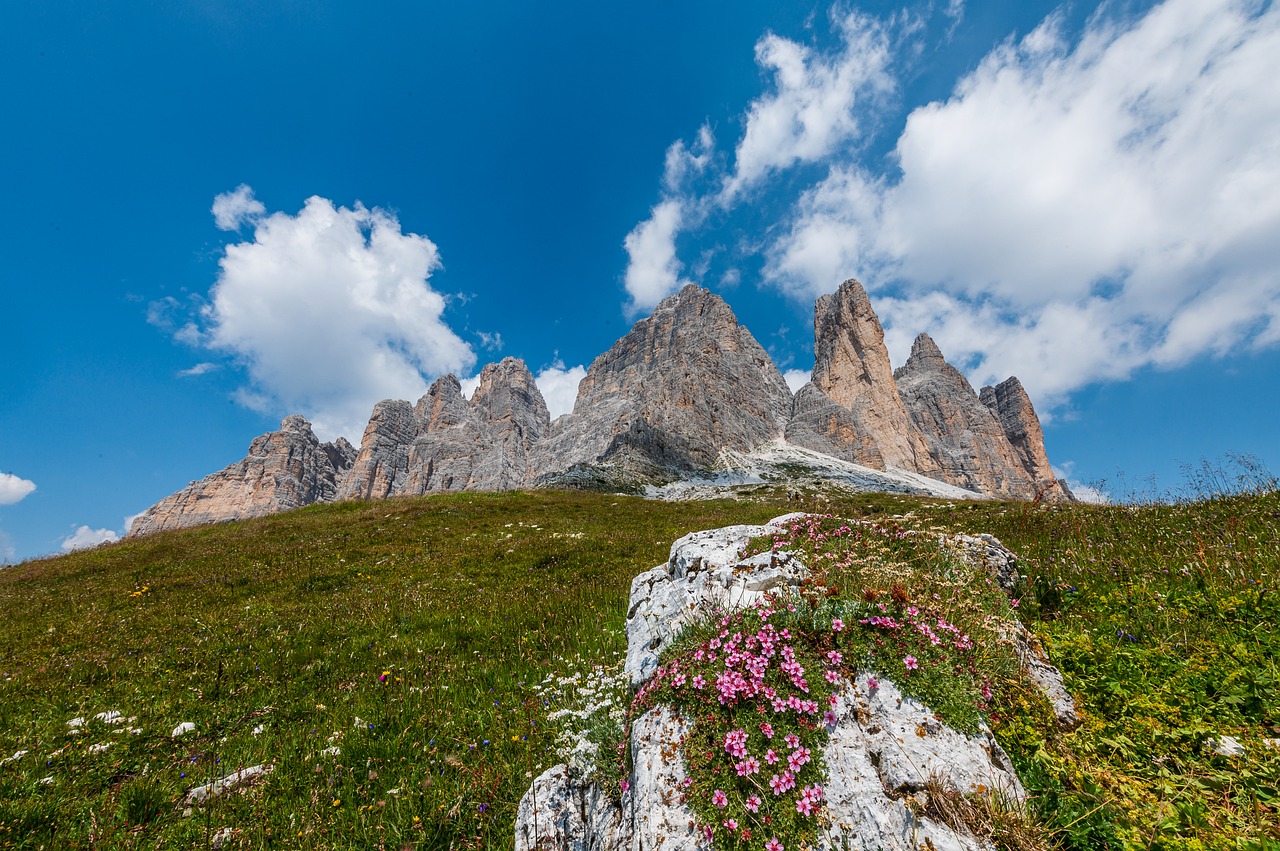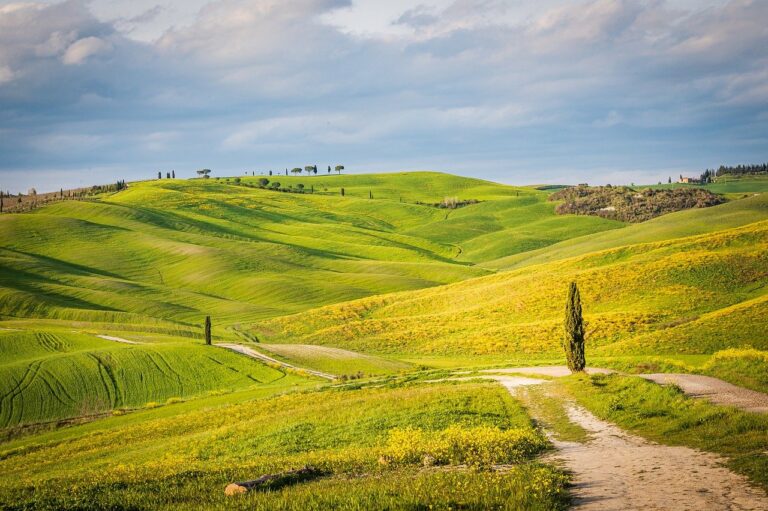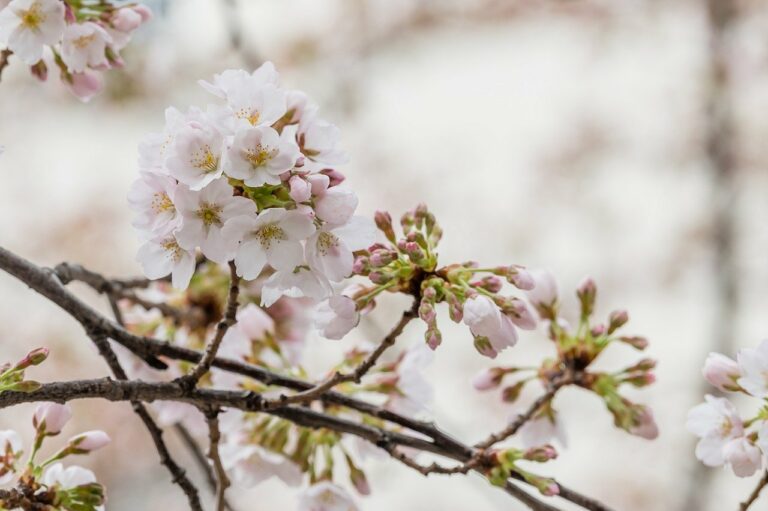Harvest Festivals and Agritourism: Celebrating Bounty and Agricultural Traditions
Agritourism has roots dating back to the late 19th century when city dwellers sought respite in rural areas for leisure and recreational activities. This marked the beginning of a trend that would evolve over the years, blending agricultural experiences with tourism.
The concept gained momentum in the 20th century as an increasing number of people became interested in reconnecting with nature and understanding the origins of their food. Agritourism offerings expanded to include farm stays, farmers’ markets, and agricultural tours, providing a hands-on experience for visitors to learn about farming practices and rural lifestyles.
Exploring Different Types of Harvest Festivals
Harvest festivals are celebrated all around the world, each with its unique traditions and customs. In Japan, the Tsukimi Festival is held to honor the autumn moon and give thanks for a bountiful harvest. Families gather to admire the full moon and enjoy seasonal foods like tsukimi dango (rice dumplings) and susuki grass decorations.
In India, the Makar Sankranti festival marks the end of winter and the beginning of longer days. People fly kites, take ceremonial baths in rivers, and feast on sweets made from sesame seeds and jaggery. This harvest festival is a time for renewal, gratitude, and celebration with loved ones.
Traditional Agricultural Practices Around the World
In Japan, the practice of rice farming dates back thousands of years. Farmers in rural areas still follow traditional methods, such as planting rice seedlings by hand in flooded paddies and using manual tools for cultivating the soil. This labor-intensive process is deeply rooted in Japanese culture and continues to be a symbol of connection to the land.
In Peru, the ancient Inca civilization developed innovative agricultural techniques that are still used today. One such practice is terracing, where steep hillsides are transformed into flat platforms for planting crops. This method not only conserves water and soil but also allows for agriculture at high altitudes where traditional farming may not be feasible.
• In Japan, farmers plant rice seedlings by hand in flooded paddies
• Manual tools are used for cultivating the soil in traditional rice farming
• Rice farming is deeply rooted in Japanese culture and symbolizes connection to the land
• In Peru, terracing is a traditional agricultural practice developed by the ancient Inca civilization
• Terracing transforms steep hillsides into flat platforms for planting crops
• This method conserves water and soil while enabling agriculture at high altitudes
What is agritourism?
Agritourism is a form of tourism that allows visitors to experience agricultural activities and rural life firsthand.
What are some examples of traditional agricultural practices?
Some examples of traditional agricultural practices include crop rotation, terracing, and using draft animals for plowing.
How do harvest festivals vary around the world?
Harvest festivals vary around the world in terms of the crops being celebrated, the rituals and ceremonies involved, and the cultural significance attached to the harvest.
Why is it important to preserve traditional agricultural practices?
Preserving traditional agricultural practices helps maintain biodiversity, protect the environment, and safeguard cultural heritage for future generations.
How can I participate in agritourism experiences?
You can participate in agritourism experiences by visiting farms, attending harvest festivals, taking part in agricultural activities, and supporting local farmers and producers.






